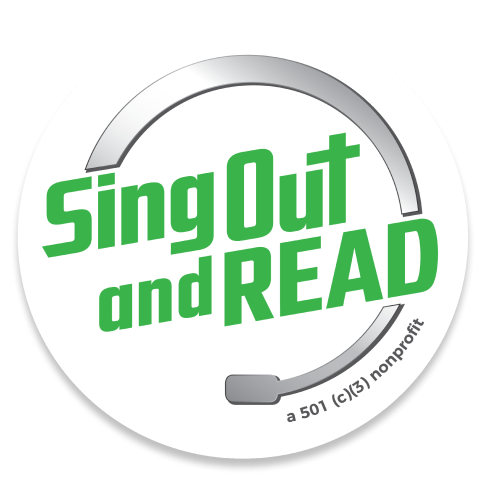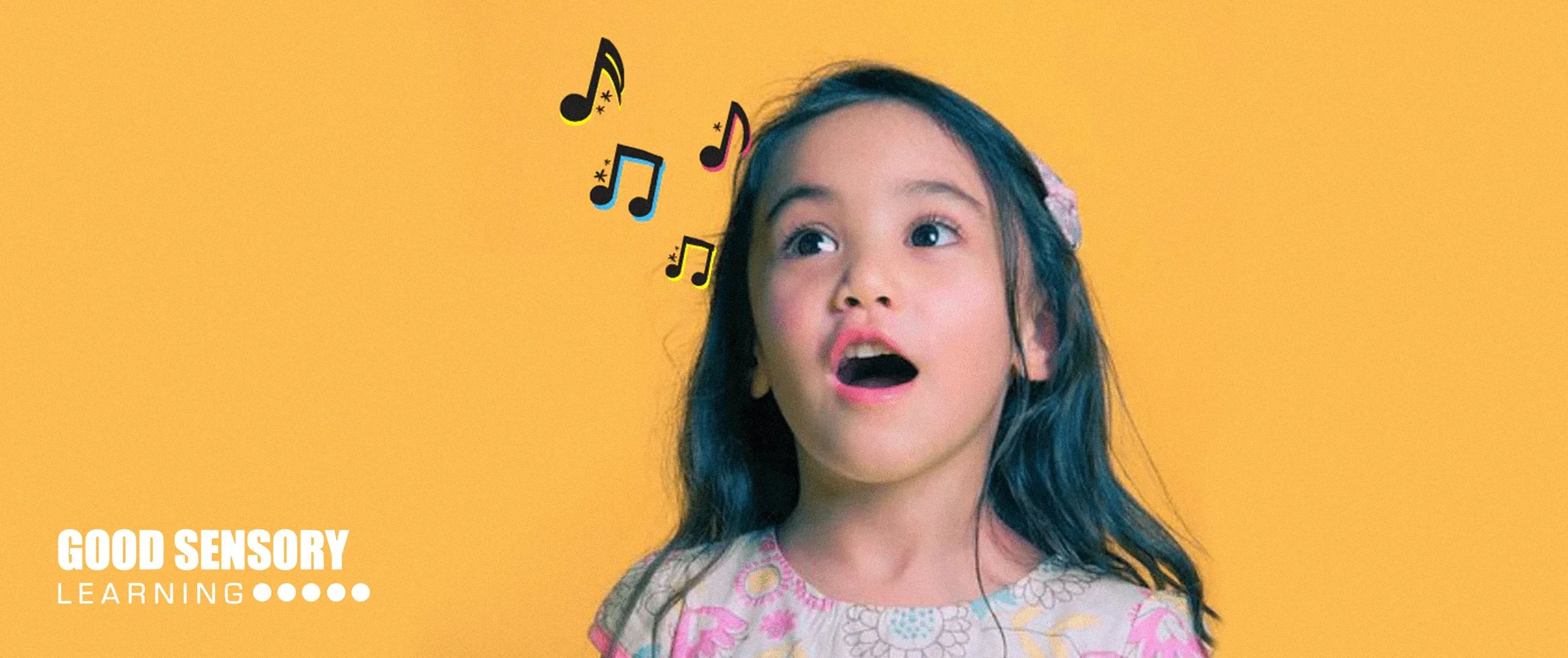Did You Know Reading Skills Can Be Improved by Singing Songs?
If you have a child or a student with reading problems or dyslexia, you may be surprised to know that using songs and music can help!When children are babies and toddlers, parents and caregivers often sing and recite nursery rhymes to their children. But what can you do if your child is well past the preschool age and is struggling? Revisit the classics, and find new ones!
What Does the Research Say?
Studies have shown that generations upon generations of mothers were not wrong - nursery rhymes and singing are excellent ways to help develop phonological awareness, which is one of the leading indicators of future reading ability. Furthermore, studies on struggling readers involved in systematic music classes with special emphasis on rhythmic perception and production yielded significant positive results in reading, and studies that further incorporated kinesthetic movement into the program yielded additional improvements in auditory attention, phonological awareness, and reading abilities. In addition, neurological research on the brains of professional musicians revealed greater brain plasticity and demonstrated that the musician’s brain is well suited to study the effect of repeated intensive training in areas the brain associated with both language as well as reading. Singing songs (and the repetition of the songs) appears to support strengthening inter-hemispheric connections in the brain.
How Can Songs Help Develop Core Reading Skills?
There are three main ways that songs help:
Most songs are broken down in such a way that individual notes often segment the syllables in the lyrics (words) of the songs, which helps children hear the individual parts of words (segmentation and syllabication).
Many songs, (notably children’s songs) use rhyming words or patterns. Recognizing rhyme requires auditory discrimination, a skill that children with dyslexia often need help in developing.
Most songs offer catchy melodies and lyrics that kids enjoy singing. This exercises sequencing and auditory memory. Additionally, learning songs helps support recall and develop short-term memory, with children using the tune as natural scaffolding. (One only needs to think of how many children memorize the alphabet and continue to use the song to recall letter order well past kindergarten, to realize how this persists).
What Can You Do?
Look to their age and musical taste and take it from there. You can revisit classic nursery rhymes and children’s songs and, once familiar, grow into having your child or student create new lyrics of their own, taking from the rhyming scheme. Begin with easier melodies and work your way up towards more complex songs, with a wider range of vocabulary. Employ rhythm instruments to help younger children find the beat. Rhythm sticks, shakers or small drums are fantastic engagement tools to use with all kids. Homemade egg shakers work well for smaller hands and can be made easily from plastic eggs (abundantly available at Easter), dried beans, and a dab of glue. Bongos or drums work well for tweens and teens. Many teens love rap music or spoken word poetry with a strong beat, and if you’re worried about content, look to recordings such as the Hamilton cast album for inspiration.
Our brains appear to come wired and fully ready to dive into language and music. Indeed, the rhythm of music appears closely linked with creative thought and expression. Using music can help your child make greater gains in their reading while providing a fun, relaxing, and bonding experience.

